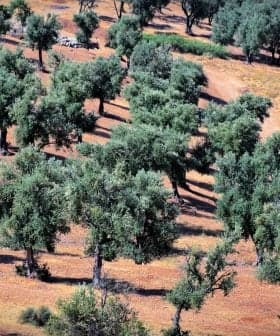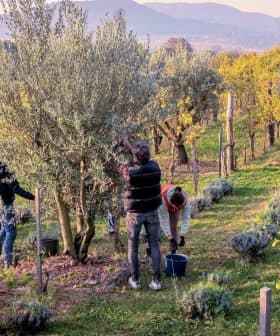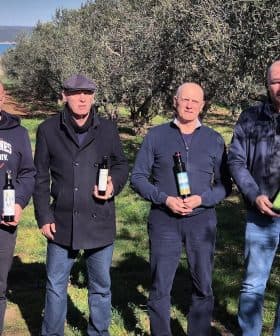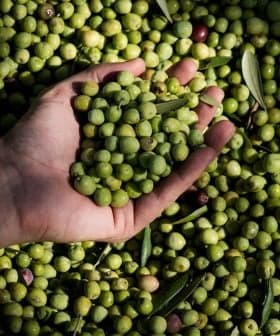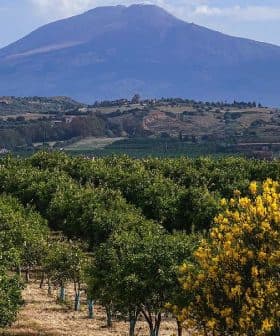Producers in South Africa Expect to Match Results of Last Year's Record Harvest
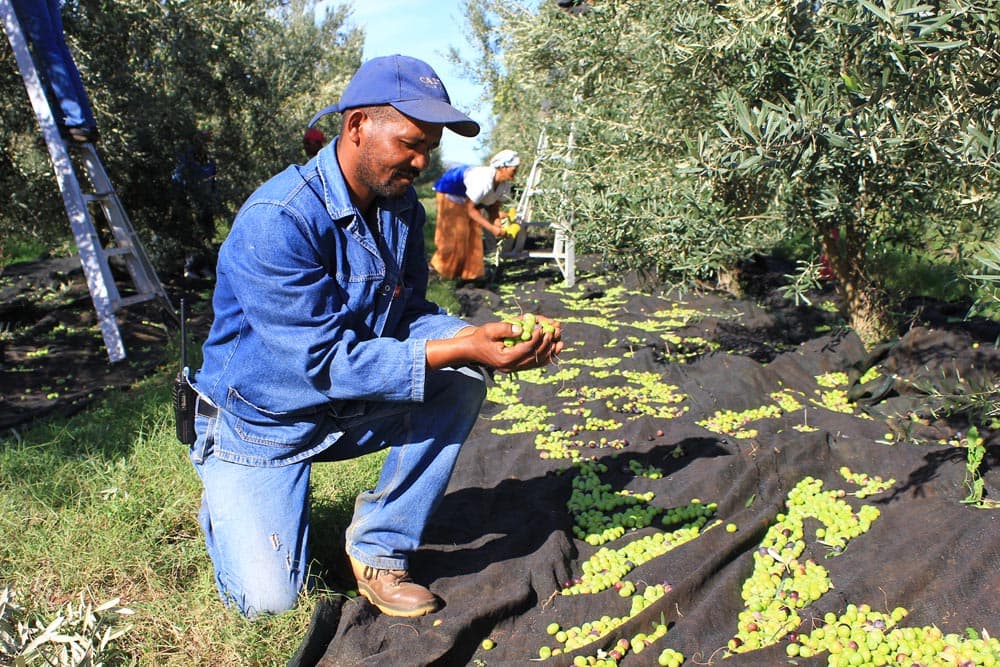
Despite facing challenges such as high production costs and electrical outages, olive oil producers in South Africa are expecting a yield similar to last year’s record high, with some growers reporting lower yields but exceptional quality. The impact of load shedding on the olive harvest process has led to increased production costs, but international olive oil prices are rising, providing hope for relief before the end of the year.
Despite high production costs and frequent electrical outages, producers in South Africa expect a yield on par with last year’s record high.
Some growers have reported lower yields, but they told Olive Oil Times their extra virgin olive oils are of outstanding quality this year.
“Our current estimate for 2022 is just under 1.7 million liters of olive oil produced,” Vittoria Jooste, the chief executive of the South African Olive Industry Association (SA Olive), told Olive Oil Times.
“There have been variances in olive harvests across regions,” she added. “However, the volume of olive oil produced is similar to 2021.”
See Also:2022 Harvest UpdatesJooste said producers faced enormous challenges with load shedding (a South African term for power cuts) at the peak moment of harvesting. “The worst impact of load shedding is not so much on the harvest as on the transformation of the olives,” she said.
“If olives are not processed right after picking, defects can develop, which affect the grade of olive oil produced with a negative impact on the selling price,” Jooste added. “To mitigate this risk, producers have to incur additional costs for overtime, transport, fuel for generators and cold storage.”
Brenda Wilkinson, the co-owner of Rio Largo Olive Estate between Worcester and Robertson in the country’s Western Cape province, confirmed load shedding was a hindrance during the recent harvest.

Photo: Rio Largo Olive Estate
“Load shedding made for very difficult process planning, as power was often cut off at short notice,” she told Olive Oil Times. “Furthermore, every time the power goes off, the whole processing plant must be shut down and fully cleaned, which takes the better part of two hours.”
“If you don’t shut down and clean the processing plant, there is a risk of fermentation and a negative effect on the quality of the oil,” Wilkinson added. “Obviously, this increases production costs and the need to work unscheduled overtime hours.”
“The overall effect on the cost of production is substantial when coupled with the government’s imposed increase in minimum labor rates and increases in electricity and fuel prices that were all well above inflation rates,” she continued.
Wilkinson explained the rise in fuel prices also affected the running costs of standby electricity generators. She said there is resistance from big retailers and consumers to price increases, and profitability is an issue.
“However, the hot, dry weather in Europe and the recent outlook of a much smaller crop, together with associated logistics bottlenecks and price increases, have determined that international olive oil prices are starting to increase significantly,” she said.
Wilkinson expressed optimism that price increases will bring relief before the end of this year. Initially, she expected her harvest to be much smaller than last year’s record. However, she said their oil yield was good and the quality profile excellent, with the company earning a Gold Award at the 2022 NYIOOC World Olive Oil Competition.
Hedley Manicom, the co-owner of nearby Owl’s Rest Olive and Lavender Farm, told Olive Oil Times they had a successful harvest this year. “It was much better than last year’s, which was very poor for us,” he said.
Manicom said load shedding disrupted milling at Owl’s Rest. “But this was managed without major issues,” he added.
Similar to Wilkinson, Manicom said increased production costs were a challenge.
“The large increase in the minimum wage created some problems as our workers – mostly paid well above the minimum wage – received lower increases than the workers that earn minimum wages,” he said. “The other issue is the significant increases in fertilizer and diesel costs that the agricultural sector has had to deal with.”
“With our labor laws weighing strongly in favor of the employee, low productivity levels, increasing bureaucratic requirements and a sharp increase in the minimum wage and declining infrastructure for exports, I fear that we are going to see a number of farms unable to shoulder the increased input costs, with resultant closures or changes in farming methods, or both,” Manicom added.
Manicom said this would lead to farmworkers being replaced by mechanization and also by illegal foreign workers, who, he said, are typically more productive than the local workforce.
Further inland, in the Klein Karoo region, Ryan Westcott, the sales manager for De Rustica Olive Oil Estate, said they were affected to a certain extent by load shedding. “But our factory is equipped to function regardless,” he added.
“The previous year’s volume was considerably greater than this year’s,” Westcott said. “While our extra virgin olive oil yield was incredibly low, the quality of what we have produced has been exceptional.”



